
views
Using the Start Menu
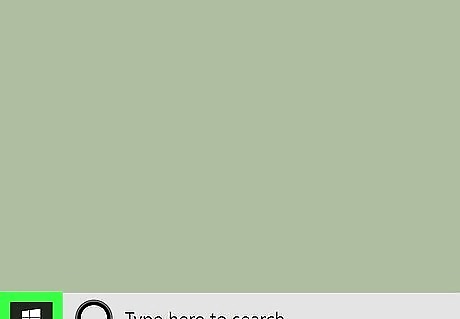
Open your computer's Start menu. Click the Windows Windows Start icon on the bottom-left corner of your desktop or press the ⊞ Win key on your keyboard. Alternatively, you can click the search or Cortana button next to the Start menu icon.
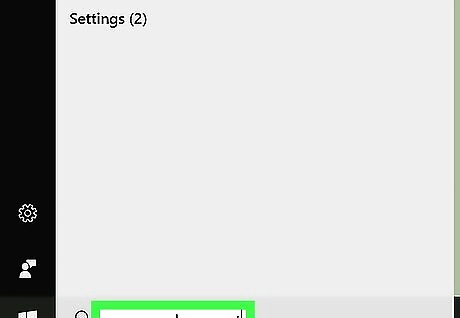
Type cmd, Command Prompt or PowerShell. After opening the Start menu, type this on your keyboard to search the menu items. Command Prompt or PowerShell will show up as the top result. Alternatively, you can manually find Command Prompt or PowerShell on the Start menu. Command Prompt or PowerShell is in the Windows System folder on Windows 10 & 8, and in the Accessories folder under All Programs on Windows 7, Vista & XP.
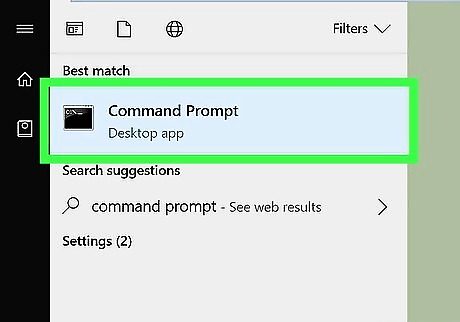
Click the Windows cmd Command Prompt or PowerShell app on the menu. This will open the Command Prompt or PowerShell terminal in a new window.
Using the Right-Click Menu
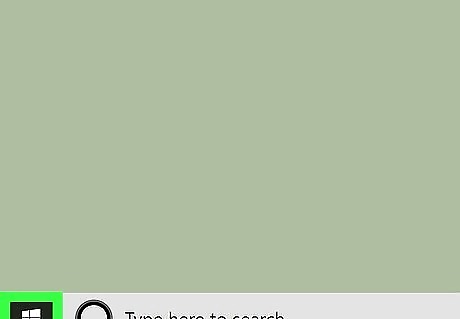
Right-click on the Start menu Windows Start icon. You can find this button in the lower-left corner of your desktop. It will open your Power User Menu options in a pop-up. You can also just press ⊞ Win+X on your keyboard to open this menu. Alternatively, you can right-click on any folder to start Command Prompt or PowerShell from a specific directory.
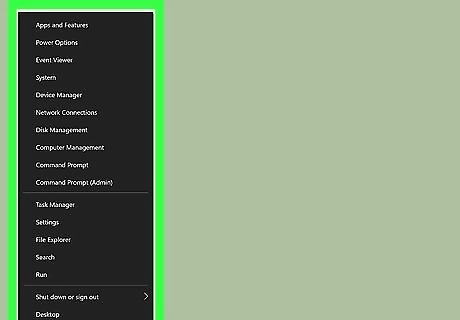
Find "Command Prompt" or "PowerShell" on the right-click menu. It's usually located between "Computer Management" and "Task Manager" on the Power User Menu. If you right-click on a folder instead of the Start menu, you will see Open command window here on the right-click menu.

Click Windows cmd Command Prompt or PowerShell on the right-click menu. This will open the Command Prompt or PowerShell terminal in a new window.
Using the Run Tool
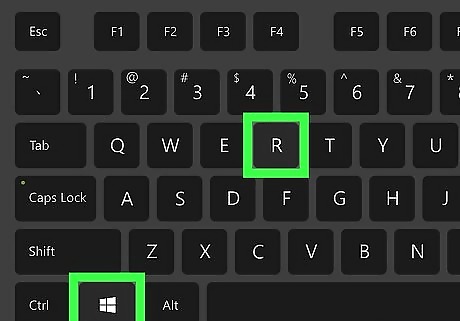
Press ⊞ Win+R on your keyboard. Hold down the Windows key on your keyboard, and press the "R" button. This will open the "Run" tool in a new pop-up window. Alternatively, you can find and click Run on the Start menu.

Type cmd in the Run window. This shortcut will open the Command Prompt or PowerShell terminal.
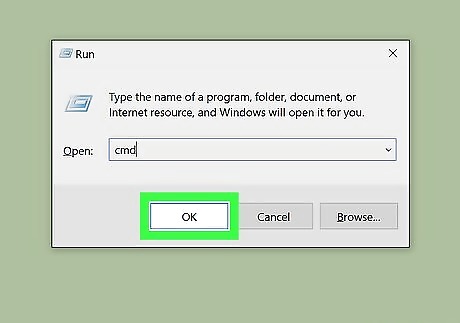
Click OK in the Run window. This will run your shortcut command, and open the Command Prompt or PowerShell terminal in a new window.














Comments
0 comment